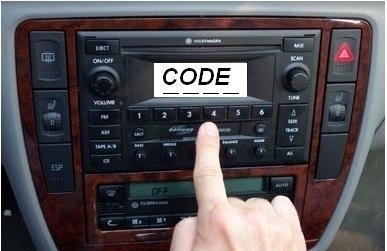Generally, a transmission signal contains more than a single frequency. This is to say that there might be several different frequencies linked together or else superimposed on each other. This is just the way all telecommunication systems function. For example, with today's communication technology it is virtually impossible to send low frequencies without experiencing any distortion. In fact, when low frequencies are sent the distortion is frequently so severe that the signal cannot even be used. So, what is to be done with the low frequencies to make them usable? The answer is that low frequency signals are copied and sent as higher frequencies for transmission purposes which makes the low frequency reach the final destination. The low frequency would not reach the final destination without being distorted otherwise. These low frequency signals are called baseband signals and once they are changed to higher frequencies the name changes as well to radio frequency (RF) signals. Although, just because the signals are now called radio frequency signals it does not mean they must be in the frequency range reserved for radio transmissions.
A baseband signal has all the frequencies from 0 Hz to the highest frequency component with significant power. After the frequency it changed for transmission the higher frequency RF signal will have at least double what the baseband signal had initially. This simply means that the baseband signal is converted to the radio frequency in order to have twice the bandwidth. However, this bandwidth can also cause some transmission problems and undesirable results. So, the radio frequency signal is subjected to filtering in order to reduce the bandwidth effect before transmitting. Once the RF signal is received it is demodulated and de-multiplexed in order to achieve the original baseband signal.

As a result, defining baseband bandwidth is pretty easy. Simply put, baseband bandwidth is the bandwidth that exists before it is modulated or multiplexed or the baseband that results after demodulation and de-multiplexing. Individuals enjoy baseband signals on a daily basis in DVDs and game consoles because the composite video signals these devices produce are in the baseband bandwidth range.
It is interesting to note as well that sometimes for short distance communications baseband signals are not modulated before being transmitted. This is because the transmission takes place over un-multiplexed lines which do not require complex modems or hardware in order to carry out the process. Good examples of this are the typical Ethernet and Token Ring that use these baseband signals.
There are several advantages of baseband in the communication arena, in practical communication, and in research including single pulse studies and ultra-high time precision studies. However, these topics reach another level of understanding and the basics of baseband bandwidth should be understood first.




kalyan
nice explanation
papsand
way of explanation is best …anyway thanks
thomasms
Best explanation of baseband I have found in textbooks and online. I have some uni tutorial questions on baseband and passband signals due in tomorrow and I’m sitting here at 11.09pm. In other words, you saved my day! 😀
Abdelrahman mansour
Really great website ( one of my favourite top 10 sites ) , thx owner 🙂